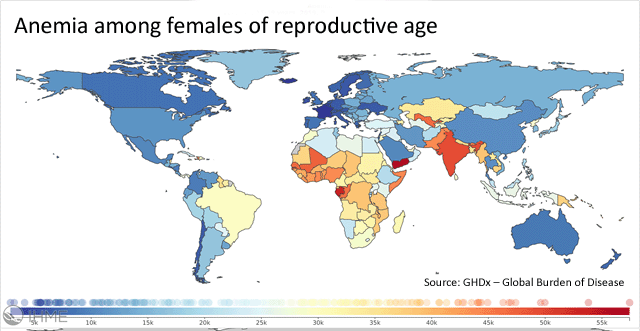Lack of micronutrients causes diseases ranging from anemia to stunting in children as well as child mortality and cognitive deficiencies. One key intervention is large-scale food fortification (#LSFF), which adds #micronutrients to food staples such as rice, wheat and condiments when they are processed and packaged.
The public, private and civic sectors need to work together to unlock the potential of #LSFF. Here are steps that should be taken:
Establish and expand national food fortification mandates
A recent study identified 87 countries that will benefit from new fortification programs or, for those countries that have voluntary standards, making those standards mandatory.
Strengthen government engagement
Government activity around monitoring and enforcing fortification standards is necessary to ensure under-fortified or unfortified goods are not sold to the public. Governments also need to ensure premix and fortification equipment do not face import barriers such as clearance costs and long processes for clearing customs.
Bulk purchase of premix
Premix can be unaffordable for small food producers. Therefore centralized procurement of premix by the government is necessary to help local producers consistently procure premix at affordable prices. The GAIN Premix Facility (GPF) uses a revolving fund to purchase and distribute premix and has distributed US$79 million worth of fortificants and premix blends since 2009 to 53 countries.
Support SMEs
Micro, small and medium enterprises (MSMEs) often need technical assistance and public or NGO funding in order to successfully fortify their products. Technological innovations such as digital dosifiers that small millers can use and remote quality assurance devices are making it easier for SMEs to fortify and regulatory agencies to maintain oversight of quality.
Harness technology innovations
Innovations are enabling the update of food fortification. These include the use of edge technology to compile quality assurance data automatically and blockchain technology which provides a secure way for data from edge devices to be collected and shared appropriately with multiple parties along the food value chain.
Governments, businesses and funders have the opportunity to improve the health of populations via food fortification. They just need the will and drive to do so.
Large-scale food fortification and biofortification are not – individually or together – silver bullets for addressing micronutrient deficiencies, but they represent a golden opportunity to strengthen food systems through their backbones (i.e., staple foods and condiments), to deliver healthier diets for all.
Mkambula P, Birol E, et al. GAIN and Harvest Plus. Transforming Food systems to Deliver Nutritious Foods; The Vital Roles of Fortification and Biofortification. GAIN and HarvestPlus.

